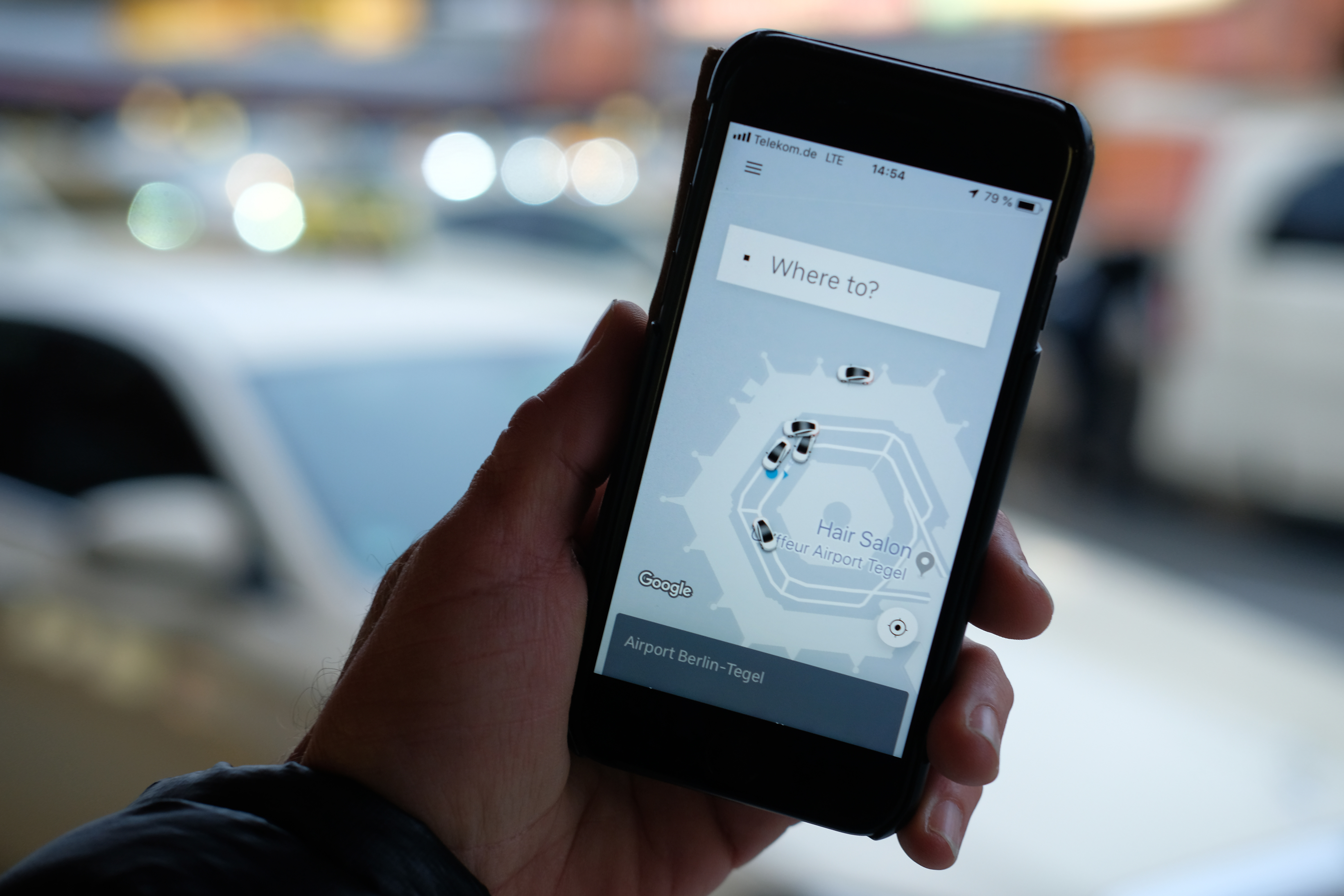DC Taxis to Start On-Demand Lunch Service

District of Columbia taxis have a new ally these days — on-demand company Delivery.com, which offers food, laundry, and other services at the touch of a button. According to an announcement from the DC Taxicab Commission (DCTC), the collaboration will be a pilot program focused on lunch-hour food delivery in specific areas. Customers will be able to order lunch through the app, have it delivered by a DCTC cab, and provide an optional tip. Eventually, DCTC and Delivery.com plan to expand their partnership to other categories and hours.
The move offers an intriguing new model for taxi drivers as they struggle to keep up with the success of on-demand services that companies such as Lyft and Uber offer. The Chairman of the DCTC says that if drivers picked up three quick deliveries a day through the collaboration they could earn an extra $8,000 a year. Could this be a turning point in integrating startup services with older, more traditional city businesses?
Some cities themselves are taking a stronger stand when it comes to the way on-demand services operate in their communities. Take Austin, for instance, where the city council is in conflict and struggling to come up with alternatives to Uber and Lyft services. The two companies left Austin over an ordinance that would make them legally obligated to fingerprint drivers. It would seem as though there’s still a ways to go before the city and private ridesharing companies can reach a mutually satisfactory situation.
Even with the controversy, on-demand services provided through apps are a ubiquitous phenomenon. The first ever survey of the so-called “sharing economy” was recently released by Pew Research Center. It showed that 72 percent of U.S. adults have used one of 11 on-demand platforms studied. Time will tell whether DC’s model is the one that gets picked up by other cities moving forward.
—
Header Image: Mark Wilson / Staff (Getty Images)





